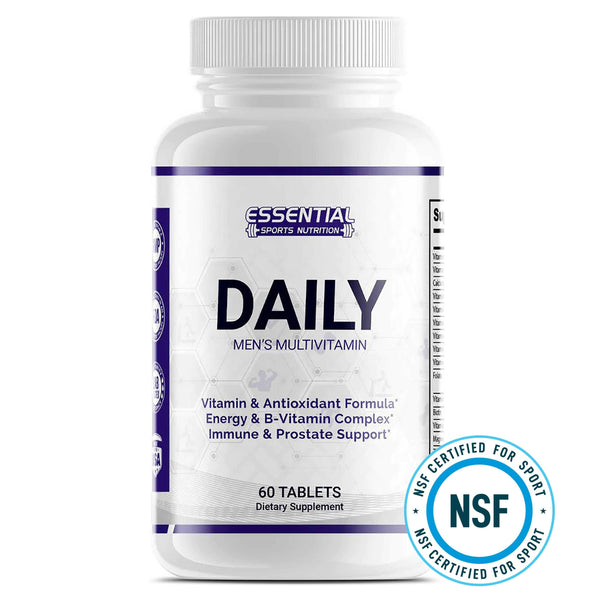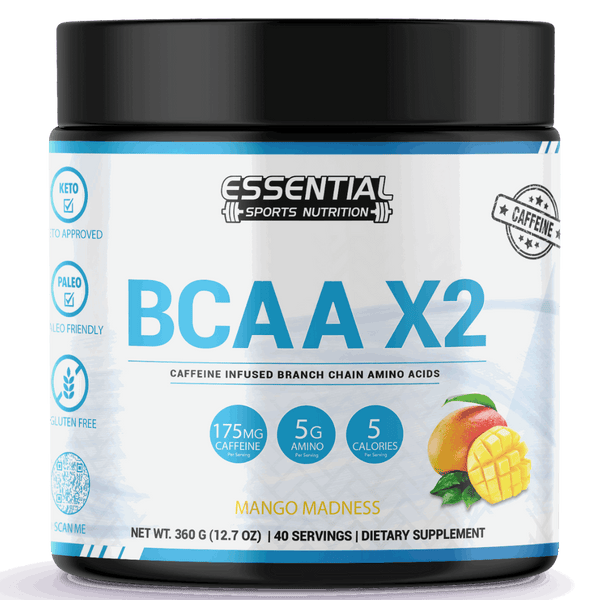Mastering Push-Ups: Proper Form, Tips and Benefits for Pushups
Master the proper form by positioning hands slightly wider, engaging core, and maintaining a neutral spine. Benefits include engaging multiple muscle groups, boosting endurance, and sculpting your physique. Explore variations like wide arm, diamond, and staggered push-ups to mix up your routine. For advanced challenges, try Archer or Spiderman Push-Ups. Incorporate push-ups into your regimen by adjusting intensity with different variations and focusing on sets and reps. Enhance your workout and improve your fitness progress through mastering push-ups! Attain a whole new level of athleticism and strength with this foundational exercise.

Key Takeaways
- Proper form includes wide hand placement, bent elbows, and core engagement for joint protection and muscle activation.
- Benefits of push-ups include engaging multiple muscle groups, improving endurance, and reducing cardiovascular risks.
- Common variations like wide arm, diamond, and staggered push-ups target specific muscles and enhance overall fitness.
- Advanced push-up variations like Archer and Spiderman push-ups challenge muscles further for increased strength and endurance.
- Push-ups can be easily incorporated into workouts as a bodyweight exercise with various intensity levels, sets, and reps for effective results.
Proper Form Techniques
To perform push-ups correctly and maximize their benefits, mastering proper form techniques is crucial. Start by positioning your hands slightly wider than your shoulders to engage your chest and shoulders effectively. This placement guarantees that you are targeting the right muscle groups throughout the exercise. Remember to keep your elbows slightly bent to prevent unnecessary stress on your joints while maintaining proper form. Additionally, focus on maintaining a neutral spine and engaging your core muscles to ensure stability and prevent lower back strain.
As you perform each push-up, concentrate on your breathing technique. Inhale as you bend your elbows and exhale as you push back up. This controlled breathing helps with the movement and ensures excellent oxygen flow to your muscles. Moreover, contract your abs and tighten your core throughout the exercise to enhance overall muscle engagement and effectiveness. By following these proper form techniques, you can perform push-ups safely and efficiently, maximizing your body's benefits.
Benefits of Push-ups

Maximize your workout potential by understanding the numerous benefits push-ups offer for your overall strength and fitness levels. Push-ups are a powerhouse exercise that engage multiple muscle groups simultaneously, including the chest, shoulders, triceps, and core. By incorporating push-ups into your routine regularly, you can enhance your upper body strength, improve endurance, and sculpt muscles for a toned physique. Not only do push-ups contribute to a stronger body, but they also promote functional fitness essential for daily activities and overall physical performance.
Individuals capable of performing more push-ups tend to exhibit lower cardiovascular risks and superior upper-body fitness. This exercise isn't just about strength; when included in your workout regimen, it can also aid in calorie burning, muscle building, and metabolism-boosting. Whether you are a beginner or a fitness enthusiast, the benefits of push-ups make them a fundamental exercise for achieving a well-rounded level of fitness and strength.
Common Push-up Variations
Enhance your push-up routine with these effective variations that target different muscle groups and boost overall strength and fitness levels.
Wide Arm Push-ups: By placing your hands wider than shoulder-width apart, you engage your chest and shoulders more intensely, enhancing pectoral strength.
Diamond Push-ups: This variation involves forming a diamond shape with your hands directly under your sternum. It challenges the triceps and chest while also improving core stability.
Staggered Push-ups: With one hand positioned higher than the other, these push-ups enhance unilateral strength, helping to address specific muscle imbalances.
These variations add diversity to your push-up routine and allow you to target specific muscle groups more effectively. Incorporating these variations into your workout can help you develop a well-rounded strength training program, enhancing your overall physical fitness and performance. So, mix it up and push yourself to new heights with these common push-up variations!
Advanced Push-up Variations
Ready to take your push-up game to the next level? Advanced push-up variations can add a new challenge to your workout routine while targeting different muscle groups. The Archer Push-Up focuses on the chest and triceps asymmetrically, working one side at a time to improve strength and stability. Spiderman Push-Ups engage your core and oblique muscles with a dynamic sidekick movement, enhancing overall body coordination. For a challenge in chest and shoulder stability, try the Cross-Body Push-Up, where you cross your hand over to the opposite side with each rep. The Sphinx Push-Up is great for triceps extension, helping to build arm strength and endurance. Additionally, the Staggered Hands Push-Up improves unilateral strength and balance by varying hand positions. Incorporating these advanced variations into your routine can help you progress further in your fitness journey and achieve new heights in your push-up performance.
Incorporating Push-Ups Into Workouts
Consider integrating push-ups into your workout routine to engage various muscle groups and enhance your overall strength effectively. Push-ups are a versatile exercise that effectively targets the chest, shoulders, triceps, and core muscles. Here are some tips to help you incorporate push-ups into your workouts:
- Bodyweight Exercise: Add push-ups to your routine for a convenient bodyweight exercise that requires no equipment and can be done anywhere.
- Variations for Intensity: Increase the challenge by adjusting hand placement or trying different push-up variations to target specific muscle groups and increase overall intensity.
- Sets and Reps: Aim for 3-4 sets of 12-15 reps of push-ups to build strength and endurance in your upper body effectively.
Conclusion

Pushup Variations, Muscles Worked, and Benefits of Pushups FAQs
Q: What muscles do push-ups work?
A: Push-ups primarily target the chest (pecs), shoulders, and triceps, while also engaging the core muscles and the muscles of the upper body.
Q: What are some variations to try for push-ups?
A: Some push-up variations to try include incline push-ups, decline push-ups, diamond push-ups, wide grip push-ups, and staggered hand push-ups.
Q: How do you perform a standard push-up with proper form?
A: Start in a plank position with your hands shoulder-width apart, lower your body until your chest nearly touches the ground, then push yourself back up to the starting position while maintaining a straight line from head to toe.
Q: What muscles are worked during a standard push-up?
A: A standard push-up works the chest, shoulders, triceps, and core muscles, along with engaging muscles in the back and legs for stability.
Q: What are some tips for maintaining proper form during push-ups?
A: To ensure proper form during push-ups, focus on keeping your body straight, engaging the core muscles, lowering yourself with control, and avoiding sagging or piking at the hips.
Q: How should you perform a push-up with proper form on an elevated surface?
A: Place your hands on an elevated surface such as a bench or step, maintain a straight line from head to heels, lower your body until your chest is near the surface, then push yourself back up to the starting position.
Q: Why Is Proper Push-Up Form Important?
A: Ensuring proper push-up form maximizes muscle engagement, prevents injuries, and enhances performance. Maintaining alignment, breathing correctly, and focusing on technique are key to reaping the full benefits of this foundational exercise.
Q: What Are the Benefits of Push-Up Variations?
A: To maximize your workout gains, incorporating push-up variations offers diverse muscle engagement, boosts strength levels, and prevents plateaus. These variations target specific muscle groups, enhance explosive power, improve unilateral strength, and address muscle imbalances for holistic fitness.
Q: What Are the Benefits of Push-Ups?
A: Push-ups engage multiple muscles, improving strength, endurance, and muscle tone. Regular practice can enhance functional fitness and lower cardiovascular risks. They're a versatile exercise that burns calories and boosts metabolism.
How to Do a Proper Push-Up?
To do a proper push-up, start in a high plank position with hands wider than shoulders. Keep your body straight and engage your core and glutes. Lower by bending elbows until your chest nearly touches the ground. Push back up explosively.




























